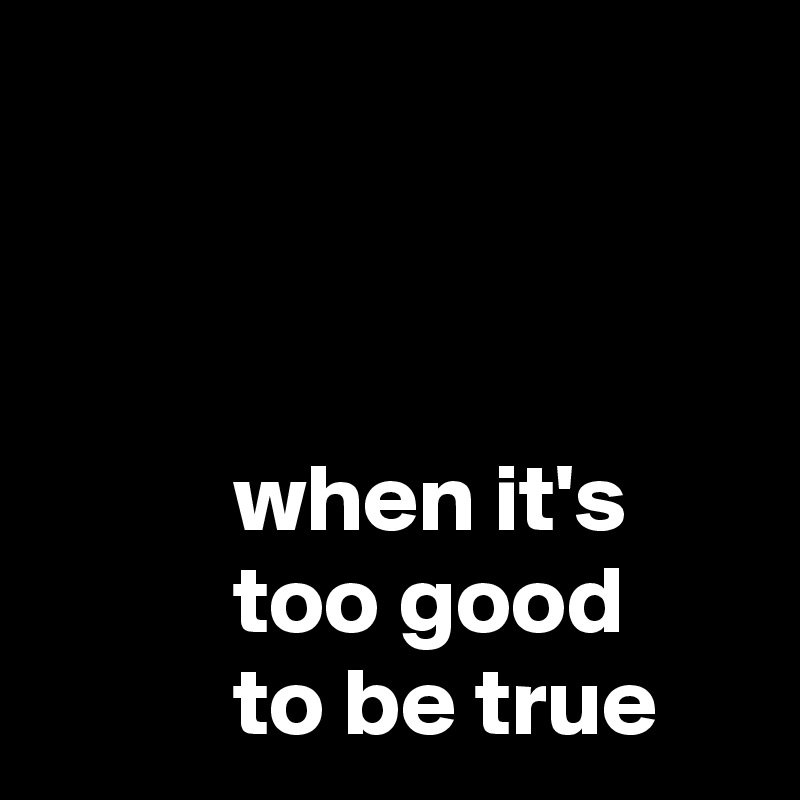Too Good To Be True
From Kacey Musgraves to Frankie Valli, songwriters love to use the line “Too Good To Be True” as an expression of love. But the saying originally dates back to 1580 and became a warning against scams or unrealistic promises. The implication was that if something is too good to be true, it probably isn’t.
Today, the saying serves as a reminder to be cautious and critical when assessing situations that seem overly beneficial or flat out unbelievable like:
A new implant post that promises to outperform your current posts for half the costs
A office manager’s resume that boasts 20 years of experience and a requested salary of only $30,000
A tax shelter that promises to save you $100,000 in taxes for only a $50,000 investment
The first two issues are where you will need to use your professional judgement and something CPAs call “professional skepticism”. For the third, you should consult with an independent tax advisor (not the person selling you the investment) to ensure that the opportunity complies with tax law. Here are three recent court cases where the taxpayer failed to get that independent advice and is paying for it now:
Ranch Springs, LLC v Commissioner - Another taxpayer loss for a promoted conservation easement where a piece of property in Alabama was purchased for $715,000 in late 2016 and then donated to charity with an estimated value of $25,814,000 just a year later in 2017. The tax court disallowed the charitable contribution based on the lack of a buyer willing to purchase the property, and the unreasonableness of the charitable valuation. Ranch Springs, LLC lost the $25mil in charitable deductions and was hit with a 40% penalty for gross misstatement. The idea that a piece of bare land could increase in value over 36x was simply too good to be true.
United States v Stacey - While the origins of this case revolve around innocent spouse relief, the lesson to be learned is duty of consistency. As a taxpayer, you are bound by what you report on all your tax filings and cannot claim something different (even if true) later. In this case, Emma Stacey claimed zero assets when filing her innocent spouse relief in 2016 even though she owned 50% of building with her ex-husband. When the property sold in 2023 and the proceeds went to the IRS to pay the ex-husband’s back taxes, poor Emma got nothing because she never claimed ownership of that building back in 2016. By withholding information or incorrectly reporting information to the IRS in one year to gain an advantage, you are potentially eliminating a future benefit. Reminds me of another idiom - “You can’t have your cake and eat it too.”
Strieby v Commissioner of Internal Revenue - The arguments around Code Section 38 & 48 related to solar credits get pretty nerdy but the fact that the taxpayers invested in a partnership in September 2016 that was back-dated to 2015 so they could claim a solar credit and eliminate a 2015 tax bill is the interesting part. While the tax court found that the taxpayer did not qualify for a variety of reasons, including material participation and investment timing issues, the IRS also noted the “Too Good to Be True” doctrine. Treasury Regulation Section 1.6662-3(b)(1)(ii) explicitly states that negligence is strongly indicated when a taxpayer fails to reasonably ascertain the correctness of a credit that appears too good to be true.

